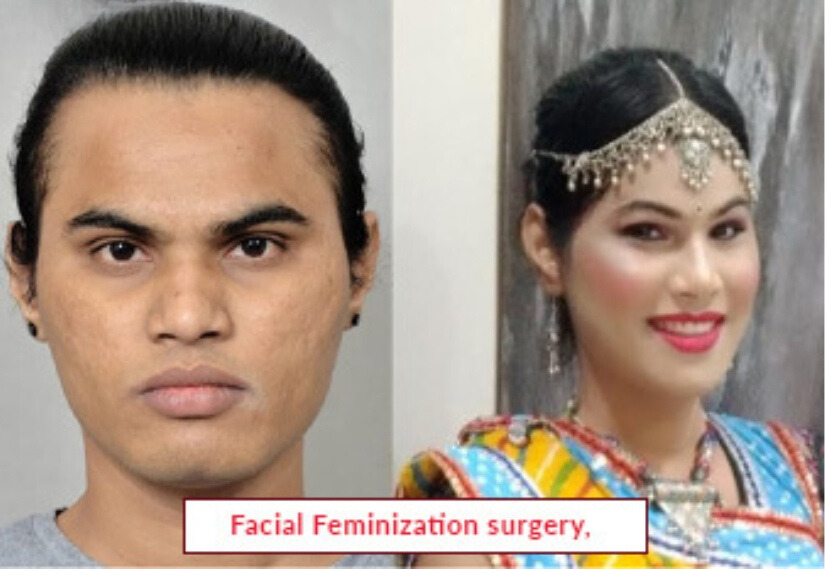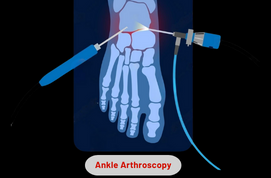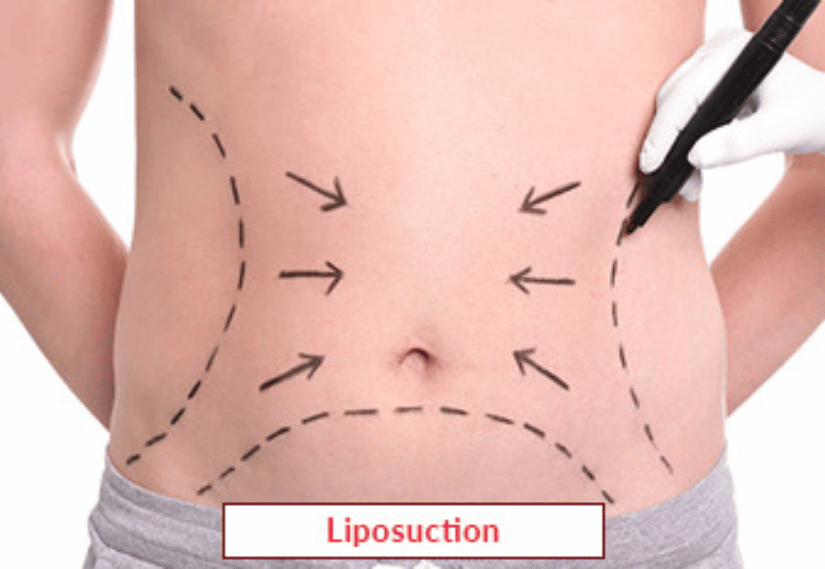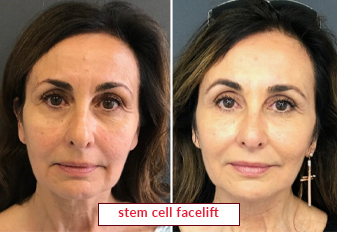Gender Dysphoria impacts the life of both men and women. It happens when a person’s general identity mismatches with their physical appearance. This leads to emotional distress, anxiety, depression, etc. People may feel isolated or experience harassment with this health condition. Its most common treatment is Facial Feminization Surgery (FFS). It changes the appearance of an individual’s face, which involves several number of procedures such as cheek augmentation, nose reshaping, etc.
Facial feminization aims at reshaping your facial features to make your look more feminine. This surgery is helpful for individuals if hormone therapy is insufficient for gender affirmation. A surgery or series of procedures might be involved for this surgical process. It can be performed on the face, neck, and head for the enhancement of physical appearance.
Why is Facial Feminization Surgery Important?
The importance of this procedure is as follows:
- People will feel confident and secure with their gender expressions.
- It lowers the anxiety and depression, which aids in improving mental health as well as life-quality.
- It boosts self-esteem and reduces awkward social interactions in patients with their affirmed gender.
Eligibility for the Facial Feminization Surgery
FFS should not be applicable for everybody. A patient must fulfill their criteria for this surgery. These are as follows:
- Good physical and mental health.
- Age must be at least 18 years.
- Patients with blood clotting, bleeding disorders, etc.
- Blood count, enzymes, blood sugar, electrolytes, and lipid profile must be normal for your health.
- Avoid using alcohol, tobacco, and other illegal drugs.
Risks of Facial Feminization
FFS is considered safe but it involves several risks just like other surgeries. These include the following:
- Scarring
- Injury in facial nerve
- Facial asymmetry
- Blood clotting
- Excessive bleeding
- Seroma
- Infection
- Fractures
- Wound dehiscence
- Skin sensitivity
- Edema (fluid buildup) and swelling
- Hair loss
- Bruising
Procedure of Facial Feminization Surgery
Procedure as follows:
Before Procedure
- It is important to meet with a medical doctor before the beginning of the surgical process. Make sure that a doctor must be board certified and experienced for this surgery.
- The facial structure of each individual is unique. You can discuss your goals and expectations with your doctor. After that, the procedures will be suggested for you to fulfill your goals.
- A type of anesthesia will be provided during surgery. You can consult with your doctor about follow-up care, which may be required after surgery.
- Before getting ready for surgery, you must follow the instructions provided by your healthcare team. A patient needs to make some changes while taking medicines. It is important to stop using nicotine drugs, which can be harmful for health and create problems during surgery. They can be tobacco, cigarettes, etc.
- A CT scan may be required before surgery, which can be helpful for surgery planning. The detailed information about the face structure will be provided to your surgeon. A member of your healthcare team will capture the images of your face during surgery.
During Procedure
FFS involves several procedures, which are as follows:
- Eye and Eyelid Changes: The extra eyelid tissues can be cut, which makes the eyes more feminine for patients. Its other name is blepharoplasty.
- Nose Surgery: A surgeon cuts your bone and cartilage to reduce the shape and width of your nose. This process is known as rhinoplasty.
- Cheek Augmentation: The silicone implants or fat injections are used to change the shape of your cheeks. Fat may be taken from another body area, like your thighs.
- Chin width Reduction: A horizontal cut can be made along the chin bone for reshaping to make it more pointed or oval shape. Its other name is genioplasty.
- Changes in Jaw Angle: The outer layers of bone are removed from the lower jaw through an incision in the mouth. This reduces the size and angle of a jaw and does not cause any visible scar in patients.
- Forehead Contouring: A part of your bone is removed above the eyebrow ridge to reduce its size and then reshape it to create a smoother appearance on your face.
- Lip Changes: Surgeons can make a small incision between your nostrils and upper lip. They can also apply fat injections to make your lips fuller.
- Hairline Lowering: It involves a small incision on the hairline by removing a skin section on your forehead. The hair follicles become healthy, which helps your hair to grow.
- Hair Transplantation: A surgeon removes your hair follicles from the back and side of your head. After that, it was transplanted to balding areas of the head and the temples.
- Adam’s Apple Reduction: In this procedure, a surgeon removes some cartilage from your neck by making a small incision under the chin. This process is known as tracheal shave.
After Procedure
- The patients may experience pain, swelling, and redness in their face, which are most noticeable for them. You can follow the instructions which are provided by your healthcare team after surgery.
- It is important to take rest and recover for one month for patients with FFS. They can consult their healthcare provider and ask questions about the physical activities.
- A food must not be chewed or swallowed easily due to stitches and swelling on the face. You must consult with a dietitian for nutrient requirements because a healthy diet is most important for recovery.
- If you want to adjust with physical, social, and emotional changes, then consult with your healthcare professional who specializes with gender-affirming care. He or she may support you or work with you during your recovery process.
Latest Health Tips
Can Immunotherapy Cure Stage 4 Lung Cancer?
Early Signs of Cervical Cancer
Foods that Kill Cancer: Leafy Vegetables, Grains, & More
What Stage of Cancer is Immunotherapy Used For?
Which is Worse for Cancer, Sugar or Alcohol?
Vaccines That Prevent Cancer
What Kills Cancer Cells in the Body Naturally?
Early Warning Signs of Bone Cancer
Submit Your Enquiry
Testimonials


























